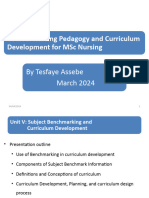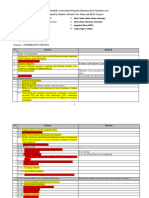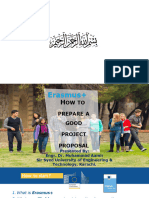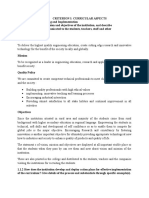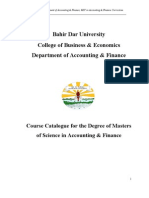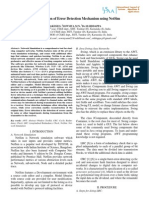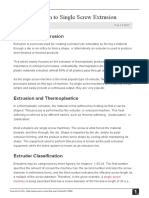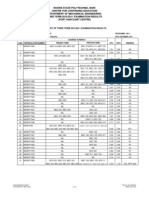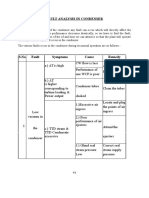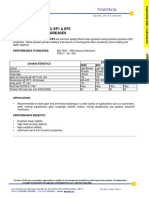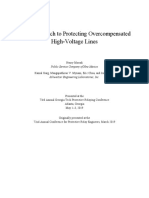0% found this document useful (0 votes)
78 views4 pagesCurriculum and Program Development Template Final
The document is a curriculum/program development template for Addis Ababa University, outlining essential sections such as background, rationale, mission, objectives, outcomes, and assessment policies. It provides a structured approach for developing academic programs, detailing requirements for teaching methodologies, facilities, quality assurance, and faculty qualifications. Each section is designed to ensure that the program aligns with institutional goals and prepares graduates with the necessary competencies for their professions.
Uploaded by
Tewabe GashawCopyright
© © All Rights Reserved
We take content rights seriously. If you suspect this is your content, claim it here.
Available Formats
Download as DOCX, PDF, TXT or read online on Scribd
0% found this document useful (0 votes)
78 views4 pagesCurriculum and Program Development Template Final
The document is a curriculum/program development template for Addis Ababa University, outlining essential sections such as background, rationale, mission, objectives, outcomes, and assessment policies. It provides a structured approach for developing academic programs, detailing requirements for teaching methodologies, facilities, quality assurance, and faculty qualifications. Each section is designed to ensure that the program aligns with institutional goals and prepares graduates with the necessary competencies for their professions.
Uploaded by
Tewabe GashawCopyright
© © All Rights Reserved
We take content rights seriously. If you suspect this is your content, claim it here.
Available Formats
Download as DOCX, PDF, TXT or read online on Scribd
/ 4




